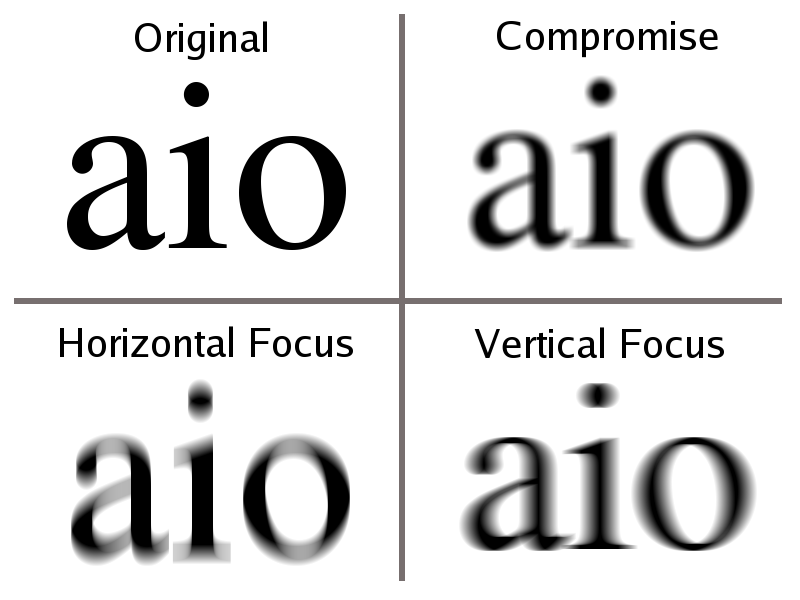4.3: Eye Tests
( \newcommand{\kernel}{\mathrm{null}\,}\)
Eye Tests
You will conduct a number of eye tests to better understand not only the functions of the eye, but your own eyes.
- Afterimages
- Sometimes, when you stare intently at an object and then look away the brain retains an image of what you were viewing. This retained image is called an afterimage and will soon disappear. When an object is observed closely for a long time, the light stimulating the retina eventually causes the cones in that area to become fatigued, desensitizing that part of the retina. After looking away from the image, the less-stimulated cones in the affected area, which are not fatigued, still function. The affected portion of the retina continues to produce the image for up to 30 seconds, but because the stimulation comes only from the less-fatigued cones, it is perceived as a negative image.
- Blind spot
- Where the optic nerve penetrates the retina, no vision is possible because there are no rods or cones. This is the cause of the blind spot.
- Eye Dominance
- You are all familiar with preferences for using a particular hand for tasks such as writing, batting, and throwing. Our eyes also exhibit right-left dominance in a similar way.
- Focus
- How well do your eyes focus. For reading? For distance? This one eye test is the best-known, for many need glasses, contacts, or even surgery to correct for farsightedness (reading/close objects), nearsightedness (more-distant objects) or both.
- Astigmatism
- The condition in which the cornea or the lens is irregularly shaped is called Astigmatism. This asymmetry causes incoming light rays to refract and converge improperly. Therefore, the light rays do not focus at a specific point on the retina. This results in blurred or distorted images. Many people have some degree of astigmatism, whether they realize it or not.

Astigmatism occurs when the eye does not focus uniformly on the retina. Astigmatism text blur by Tallfred is licensed under CC BY-SA 3.0
- Color Vision
- The retina of the eye possesses two types of specialized nerve cells known as photoreceptors. They are called rods and cones because of their distinctive shapes. Rods function in dim light and perceive shades of gray, like what you see when your eyes adjust to darkness. There are about 120 million rods in each eye, located at the front of the retina. Cones function in bright light and provide sharp, colorful daylight images. Human eyes contain about million cones concentrated around the center of each retina. There are three different types of cones — red, green, and blue — each sensitive to a different range of wavelengths of light. Different types of cones function together to interpret colors other than red, green, and blue. For instance, in order for the eye to see yellow light, red cones and green cones must work together.
- If any of the three types of cones do not function properly, color perception deficiency occurs. Total color perception deficiency is very rare, but partial color perception deficiency is common, especially among men. The most common type is red-green color perception deficiency cannot distinguish between red light and green light. (1)
CC licensed content, Original
- Authored by: Florida State College at Jacksonville. License: CC BY: Attribution


